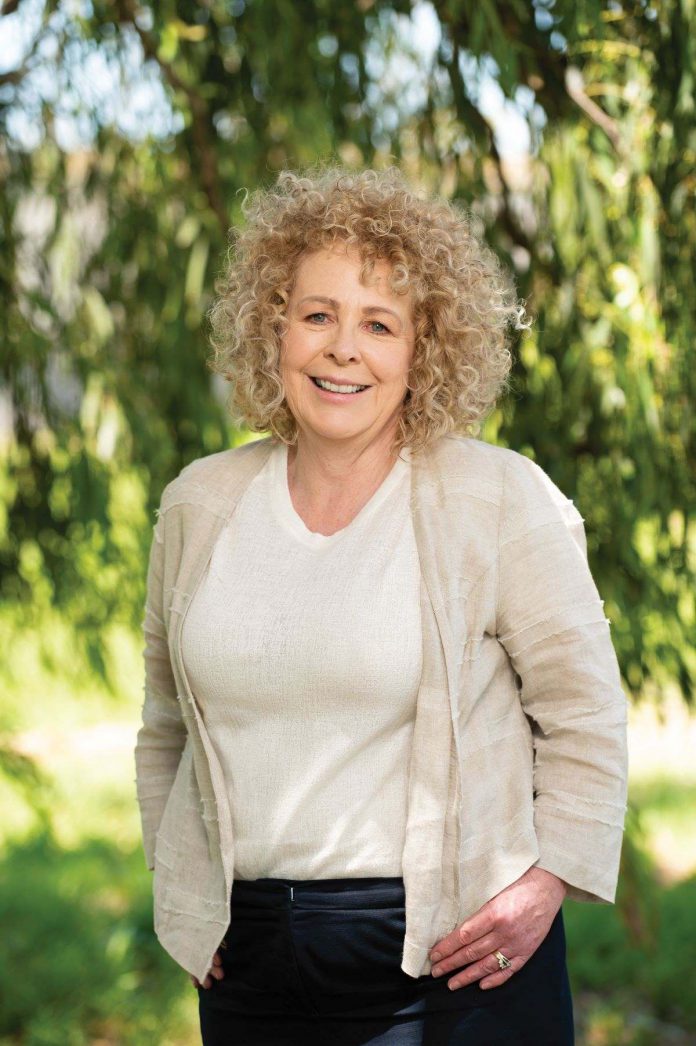
The role of procurement has steadily evolved since Leanne Whiter began working for Britax Brylite over 30 plus years ago, and in the past few years it’s gone into overdrive. Whiter has seen the parameters of procurement change from basic purchasing and buying to sitting across the whole of a business driving strategic value across different categories. These days, that means liaising with national, and often multinational, suppliers, strategic sourcing and the management of supply chains.
The complexity quickly became apparent during the pandemic where managing unpredictability required a new level of communication and agility. Flexibility and resilience is what Whiter believes you need plenty of to successfully work in procurement.
Recently starting as a consultant with Chemovar, a medical cannabis company, in a Procurement/Supply Chain role, Whiter is responsible for driving value for Chemovar and supporting the end users. “Procurement is a job where no two days are the same,” she says. “We are lucky we get to work with a lot of different departments and businesses, which makes procurement really interesting. We’re the mortar between the bricks.”
For Whiter, who has worked across a host of different industries including automotive, manufacturing and most recently within healthcare, she is now seeing procurement evolve to become more data-driven. “While procurement teams have always used data to inform supplier and risk-management decisions, the emergence of new data sources, real-time insights and AI intelligence has transformed the function into problem solvers.”
According to Whiter, it is usually the mature organisations who are willing (and able) to invest in the right software and people, as they know the strategic value a leading procurement team can bring to a changing operating landscape. That changing landscape now very much includes two topics – one of which has been a mainstay in the news throughout the past 12 months: modern slavery and cybersecurity. In ensuring the viability and security of supply chains from all angles, procurement leads such as Whiter are having to consider a new generation of challenges, including guarding against hackers.
“Cybersecurity and data security have become really big things for procurement teams,” explains Whiter. “In fact, given the recent headlines [around cybercrime], it’s probably what’s impacting procurement teams the most at the moment. “When we’re talking with suppliers or any new business, it’s the cybersecurity that seems to be at the front of everyone’s mind. We must work with our IT Department to ensure we have the right systems in place to ensure the safety of our data.”
Whiter says emphasis must be placed on risk management, as businesses ensure modern slavery and sustainability values and guidelines are met. And with global supply chains stretched, there is also pressure on her to guarantee suppliers are able to fulfil obligations. She says surety of supply became paramount during the pandemic while working as Category Manager at one of the largest providers of aged care in Australia. “It was really hard,” she admits. “We were all learning together and putting together governance and new processes. It took a lot of collaboration and planning. Everyone was stepping out of their comfort zone. It was really hard to get stock to ensure the safety of our staff and residents; however, there were some really good suppliers that we could rely on.”
Ultimately, Whiter claims that one of the key reasons she was able to continue sourcing products during the pandemic was because she had already established solid partnerships with suppliers. The people she works with is what lies at the heart of her job above all things – and what keeps her absorbed in a procurement career that began so many years ago.
“It’s all about relationships, and when times get tough and challenging, as they have in the past couple of years, you’re able to tap into those relationships and know who you can trust and rely on,” she says. “I think everyone brings different strengths to the team. And I really think that if you’re working with a good team or different stakeholders in the department, this is what makes all the difference. This and really good and open communication and sharing knowledge.”









